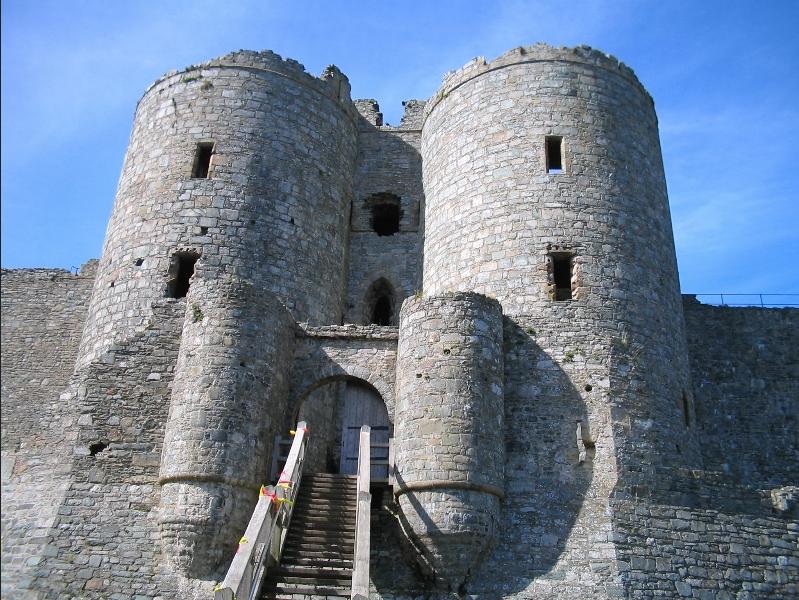I know this might be a question that is considered "too broad" since the Middle Ages spans almost a thousand years across all of Europe. But I'm looking for information in regards to the whole of this period (across all of Europe) and if standard practice shifted over the period and between different countries that is of extra interest. I'm mostly interested in an broad overview perspective to get an idea of how society changed during this extensive period of time. So feel free to provide me with information and examples from any time within this span and any place in Europe you have knowledge of.
My understanding of the constable in the middle ages is that he was in charge of the castle when the lord living there wasn't at home. I've also read somewhere that the constable's living quarter was in the gatehouse. But where did his wife and family live? Did they all live in this room in the gatehouse? Was it big enough for a family of 3-4? Or did they have a house somewhere; in the village, or the town near by or on the countryside? Or was the life of the constable essentially a life in celibacy and servitude to the lord of the manor and they weren't allowed to get married?
Are there any historical records of people in these positions with their names? It would be great to have some examples that I can look up and read more about their personal lives, if such information is available?


